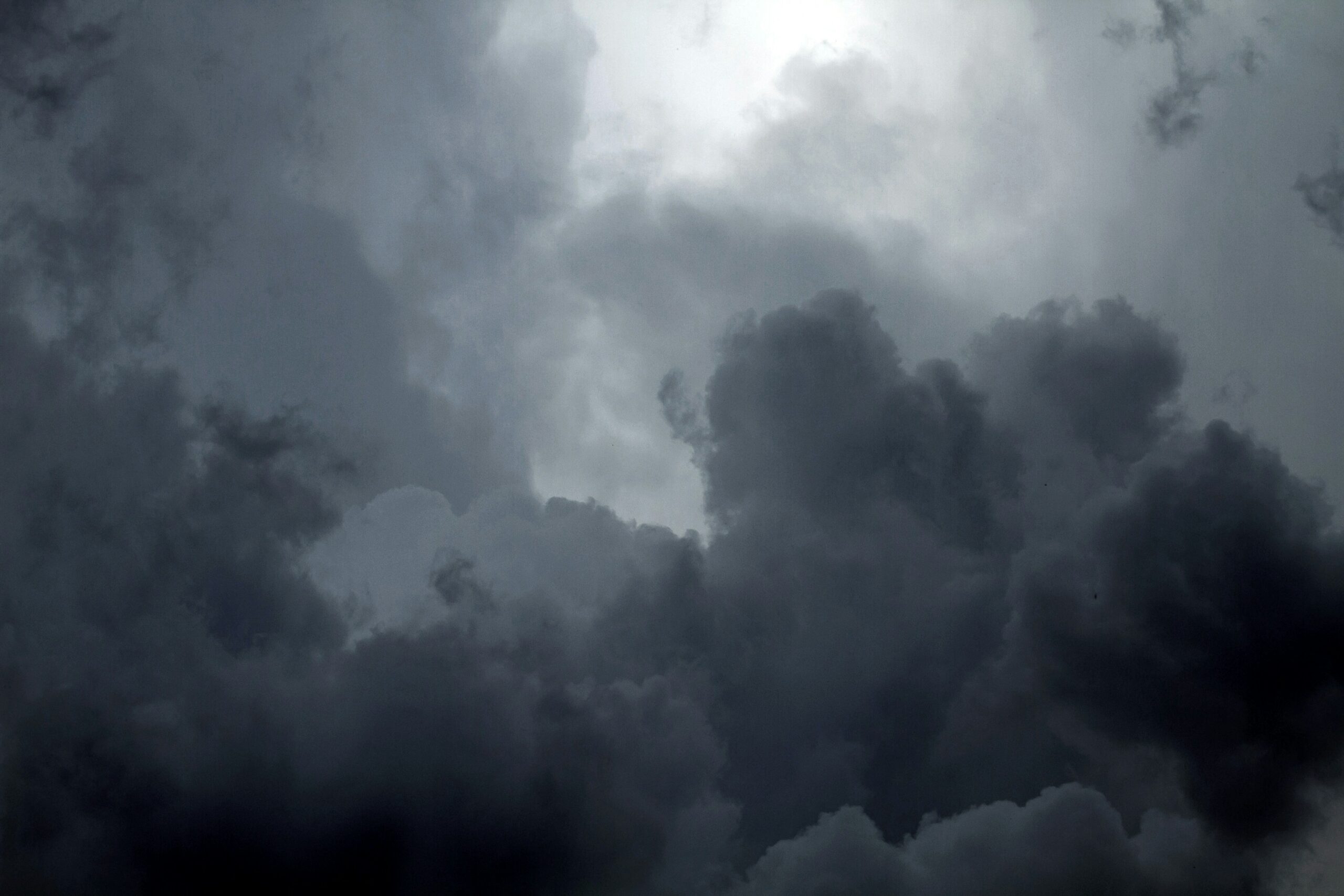“`html
Introduction: A Historic Swim
The Seine River, a symbol of Parisian life and history, holds a special place in the heart of the city. Flowing through the capital, the Seine has long been a vital artery for commerce, culture, and recreation. However, over the years, pollution has significantly impacted its waters, causing environmental and public health concerns. In a bold move to raise awareness and signify the city’s commitment to environmental restoration, the Mayor of Paris has announced plans to swim in the Seine. This action seeks to highlight the ongoing efforts to clean and rejuvenate the river, turning it back into a safe and vibrant part of Parisian life.
Swimming in the Seine is not merely a symbolic gesture; it represents a tangible milestone in the city’s comprehensive environmental strategy. This initiative underscores the historical importance of the river to Paris and its residents, emphasizing the need for collective action to preserve and protect natural resources. The Mayor’s swim is set to draw attention to the progress made so far and the work that still needs to be done to ensure the Seine is free from pollutants and safe for recreational activities.
Historically, the Seine has been a focal point for Parisians, from the days of the bustling medieval port to the grand fêtes along its banks. The river is embedded in the cultural and social fabric of the city, serving as a muse for artists, a backdrop for lovers, and a playground for children. Thus, the Mayor’s decision to swim in the Seine is laden with historical significance, aiming to rekindle the intimate relationship between Parisians and their cherished river.
This event marks a significant moment in Paris’s environmental and public health initiatives. It is a call to action for residents, urging them to support ongoing efforts to restore the Seine to its former glory. By taking this courageous plunge, the Mayor is not only advocating for a cleaner river but also inspiring a sense of civic pride and responsibility among Parisians.
The Mayor’s Commitment to Environmental Change
The Paris Mayor’s decision to swim in the Seine is not just a symbolic gesture; it is part of a broader commitment to environmental change that encompasses various initiatives and policies aimed at improving the overall ecological health of the city. Over the past few years, the Mayor and the city administration have embarked on a series of ambitious projects designed to enhance water quality, reduce pollution, and promote sustainability in Paris.
One of the most notable initiatives has been the improvement of the Seine’s water quality. The city has invested significantly in modernizing its wastewater treatment facilities, implementing advanced filtration systems, and reducing the discharge of pollutants into the river. These measures have been critical in transforming the Seine from a heavily polluted waterway to one that is increasingly safe for recreational activities, including swimming.
In addition to the focus on water quality, the Mayor has also prioritized efforts to reduce air pollution in Paris. The introduction of low-emission zones, restrictions on diesel vehicles, and the promotion of electric and hybrid public transport options are just a few examples of the measures taken to improve air quality. These actions are aimed at reducing the city’s carbon footprint and making the urban environment healthier for residents and visitors alike.
Sustainability has been another cornerstone of the Mayor’s environmental agenda. The city has launched numerous programs to encourage green energy use, increase recycling rates, and promote urban agriculture. Initiatives such as the expansion of green spaces, the installation of solar panels on public buildings, and the support for community gardens are all part of a comprehensive strategy to create a more sustainable and resilient city.
Through these initiatives and more, the Paris Mayor has demonstrated a strong commitment to environmental change. The decision to swim in the Seine is a bold statement that underscores the progress made and the ongoing dedication to making Paris a model of urban sustainability and environmental stewardship.
The Seine’s Pollution Problem: A Historical Perspective
The Seine River, an emblematic waterway flowing through Paris, has a long history intertwined with both the city’s grandeur and its environmental challenges. Historically, the Seine has been a critical resource for transportation, commerce, and recreation. However, it has also faced significant pollution issues that have marred its waters and ecosystems.
During the Industrial Revolution in the 19th century, Paris experienced a period of rapid industrial growth. Factories and workshops proliferated along the Seine’s banks, discharging untreated industrial waste directly into the river. This unchecked pollution led to severe degradation of water quality, affecting aquatic life and making the river hazardous for human use. The situation was exacerbated by the city’s expanding population, which contributed substantial residential waste, including sewage, further contaminating the river.
Throughout the 20th century, the problem persisted and became more complex. Industrial effluents, combined with agricultural runoff containing pesticides and fertilizers, continued to flow into the Seine. This cocktail of pollutants had devastating effects on the river’s ecosystem. Fish populations declined, aquatic plants struggled to survive, and the overall biodiversity of the river suffered. Additionally, the pollution posed significant health risks to Parisians, particularly those living in close proximity to the river or relying on its water for various uses.
Efforts to mitigate pollution in the Seine have seen varying degrees of success. In the mid-20th century, regulatory measures were introduced to control industrial discharges. However, these measures were often inadequately enforced, and pollution levels remained high. It wasn’t until the latter part of the century that more stringent environmental regulations, coupled with advancements in waste treatment technologies, began to show positive results. Initiatives to clean up the river, such as the construction of modern sewage treatment plants and stricter enforcement of pollution controls, have gradually improved water quality.
Despite these efforts, the legacy of pollution in the Seine presents ongoing challenges. The river’s health is still recovering from decades of abuse, and continuous vigilance is required to maintain and further improve its condition. The upcoming initiative by the Paris Mayor to swim in the Seine symbolizes a broader commitment to environmental awareness and underscores the importance of safeguarding this vital natural resource for future generations.
Recent Efforts to Clean the Seine
The Seine River, an iconic symbol of Paris, has been the focus of numerous environmental initiatives aimed at improving its water quality and overall health. Recent efforts to clean the Seine have encompassed a variety of measures, including significant upgrades to wastewater treatment facilities. These upgrades are pivotal in reducing the level of pollutants entering the river, thereby enhancing its ecological balance.
One of the most notable projects is the modernization of the Achères wastewater treatment plant, one of the largest in Europe. This plant now features advanced filtration and purification technologies that significantly reduce the levels of nitrates and phosphates, which are primary contributors to water pollution. Additionally, smaller treatment facilities along the river have also been upgraded, ensuring a more comprehensive approach to wastewater management.
Litter removal campaigns have also played a critical role in the recent efforts to clean the Seine. These campaigns, often organized by local authorities and environmental groups, involve regular clean-up events where volunteers collect and dispose of waste materials from the riverbanks and waterways. Such community-driven initiatives not only help to physically clean the Seine but also foster a sense of environmental stewardship among residents.
Public awareness programs have been integral to these efforts as well. Educational campaigns aimed at informing the public about the importance of a clean river and the impact of pollution have been widely disseminated through various media channels. Workshops and school programs have also been implemented to educate younger generations about the environmental significance of the Seine.
Despite the progress made, challenges remain. Industrial discharges, agricultural runoff, and urban stormwater continue to pose significant threats to the river’s health. Sustained efforts and increased funding are essential to address these challenges effectively. However, the recent measures have laid a solid foundation, indicating a promising future for the Seine’s environmental rehabilitation.
The Significance of the Mayor’s Swim
The decision by the Mayor of Paris to swim in the Seine is a highly symbolic gesture, reflecting a significant milestone in the city’s environmental journey. This act serves as a powerful testament to the success of recent environmental initiatives aimed at restoring the river’s health and cleanliness. For years, the Seine was plagued by pollution, rendering it unsafe for recreational activities. However, through concerted efforts and substantial investment in water treatment and waste management infrastructure, the river has undergone a remarkable transformation.
By taking this monumental step, the Mayor intends to demonstrate the tangible outcomes of these environmental efforts. The act of swimming in the Seine, something that was once unimaginable due to the river’s poor condition, is now possible thanks to the enhanced water quality. This event is not merely about the act of swimming itself but what it represents—a city that values and prioritizes its natural resources.
Moreover, the Mayor’s swim is designed to inspire confidence in the public regarding the river’s improved safety and cleanliness. It sends a clear message that the Seine is no longer a symbol of urban neglect but a rejuvenated and thriving waterway. This gesture aims to encourage Parisians and visitors alike to reconnect with the Seine, fostering a deeper appreciation for the natural environment within the urban landscape.
The significance of this swim extends beyond the immediate visual impact; it is a call to action for continued environmental stewardship. It underscores the importance of maintaining and building upon the progress made, ensuring that future generations can enjoy a cleaner, healthier Seine. The Mayor’s bold move serves as a reminder that collective efforts towards environmental sustainability can yield remarkable results, transforming even the most challenging scenarios into success stories.
Public Reaction and Media Coverage
The announcement of the Paris Mayor’s decision to swim in the Seine has elicited a wide range of reactions from the public and media alike. Many local residents have voiced their support, seeing the act as a strong statement towards environmental awareness. “This is a bold and commendable move,” says Sophie Dubois, a Parisian resident. “It shows that our leaders are willing to take tangible steps to highlight the importance of cleaning our waterways.”
Environmental activists have also largely praised the Mayor’s initiative. Jean-Luc Martel, a prominent environmentalist, remarked, “The Seine has long been a symbol of Paris, and revitalizing it is crucial for both our ecosystem and our cultural heritage. The Mayor’s swim is a powerful message that action must be taken now.”
However, not all reactions have been overwhelmingly positive. Some critics have expressed concerns about the safety and cleanliness of the river. According to a report from Le Monde, there are lingering doubts about whether the Seine is safe enough for such an endeavor. “While the intention is noble, we must ensure that the river is genuinely clean and safe for swimming,” an anonymous source within the municipal health department stated.
Media coverage has been extensive, with various news outlets dissecting the potential implications of this event. Le Figaro highlighted the historical significance, noting that swimming in the Seine has been prohibited for decades due to pollution. “The Mayor’s swim could mark a turning point in our city’s environmental policies,” the article suggested.
Conversely, some media personalities have questioned whether this act is more symbolic than practical. A commentary piece on France24 pondered, “Is this swim a genuine effort to improve our environment, or simply a publicity stunt?”
Overall, the Mayor’s decision to swim in the Seine has sparked a significant dialogue about environmental responsibility, public safety, and the balance between symbolic gestures and actionable policies. As the date approaches, it remains to be seen how this bold move will ultimately impact both the local community and broader environmental initiatives.
Future Plans for the Seine
As part of a comprehensive strategy to enhance the Seine’s water quality and overall ecological health, Paris has laid out ambitious future plans. These initiatives are designed not only to maintain the progress achieved so far but also to elevate the river to new environmental standards. One of the primary long-term goals is to make the Seine safe for public swimming by 2024, aligning with the city’s vision of a greener and more sustainable urban landscape.
To achieve this, the city has embarked on several key projects. The most significant among them is the continued modernization of wastewater treatment facilities. These updates are crucial in reducing the pollutants that enter the river, thereby improving water quality. Additionally, efforts are underway to enhance the existing sewage systems to prevent overflows during heavy rainfalls, which have historically contributed to river pollution.
Another noteworthy initiative is the introduction of green infrastructure along the riverbanks. This includes the creation of wetlands and the planting of riparian vegetation, which serve as natural filters for runoff water. These measures not only support better water quality but also promote biodiversity by providing habitats for various species of plants and animals.
The city is also focusing on public engagement and education to sustain these environmental improvements. Various campaigns and programs are being designed to raise awareness about the importance of protecting the Seine. These initiatives aim to foster a sense of community responsibility towards maintaining the river’s health.
Looking ahead, Paris plans to implement continuous monitoring systems to ensure that water quality improvements are sustained. These systems will provide real-time data, enabling swift action when necessary and ensuring transparency in reporting the river’s condition. Through these multifaceted efforts, the city aims to not only restore but also preserve the Seine as a vital natural resource for generations to come.
Conclusion: A Step Towards a Greener Paris
The Paris Mayor’s decision to swim in the Seine symbolizes a significant milestone in the city’s ongoing commitment to environmental sustainability. Throughout this blog post, we have explored the various facets of Paris’s environmental initiatives, from improved water quality in the Seine to broader efforts aimed at reducing the city’s carbon footprint. The Mayor’s swim is not just a symbolic act but a testament to the tangible progress being made in these areas.
Environmental sustainability in urban settings like Paris requires a comprehensive approach. It involves policy changes, community engagement, and innovative solutions to long-standing problems. The Mayor’s swim is a clear message to both Parisians and the global community that environmental health is a priority. It underscores the importance of clean and safe waterways and highlights the collaborative efforts between governmental bodies, local organizations, and residents to achieve these goals.
The significance of this event extends beyond the act itself. It serves as an invitation for residents and visitors alike to participate actively in local environmental efforts. Whether through reducing personal waste, supporting green initiatives, or advocating for sustainable policies, there are numerous ways to contribute to a greener Paris. The Mayor’s swim in the Seine is a call to action for everyone to get involved and make a difference.
As Paris continues on its path toward environmental sustainability, the Mayor’s swim will be remembered as a pivotal moment. It is a reminder that collective action, no matter how small, can lead to substantial change. By supporting local environmental efforts and participating in sustainability initiatives, we can all contribute to a healthier, greener future for Paris and beyond.



